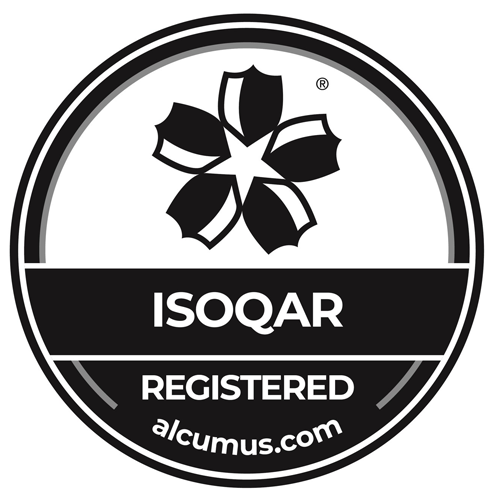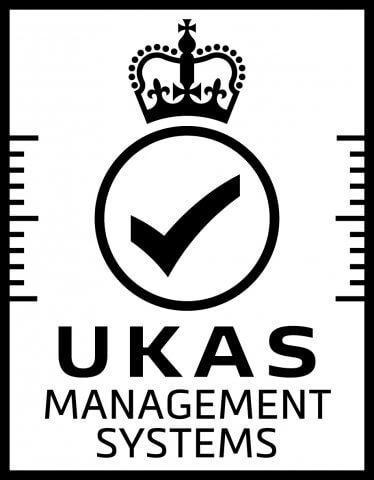Breast Augmentation Surgery In Ireland
Get Safe & Natural Breast Implants Surgery







Meet Our Breast Augmentation Surgery Experts
Our board-certified cosmetic surgeons specialised in boob job surgeries in Ireland combine decades of experience to deliver natural-looking, personalized results.


DR. AHMED RAMZI SALMAN
MB. BCH. BAO. BMEDSC. Cosmetic Surgeon


Dr Ibrahim Mu'Azzam Tunau
General Surgeon
Meet Ireland’s Top Surgeons


DR. AHMED RAMZI SALMAN
MB. BCH. BAO. BMEDSC. Cosmetic Surgeon


Dr Ibrahim Mu'Azzam Tunau
General Surgeon
Before & After Breast Augmentation Surgery
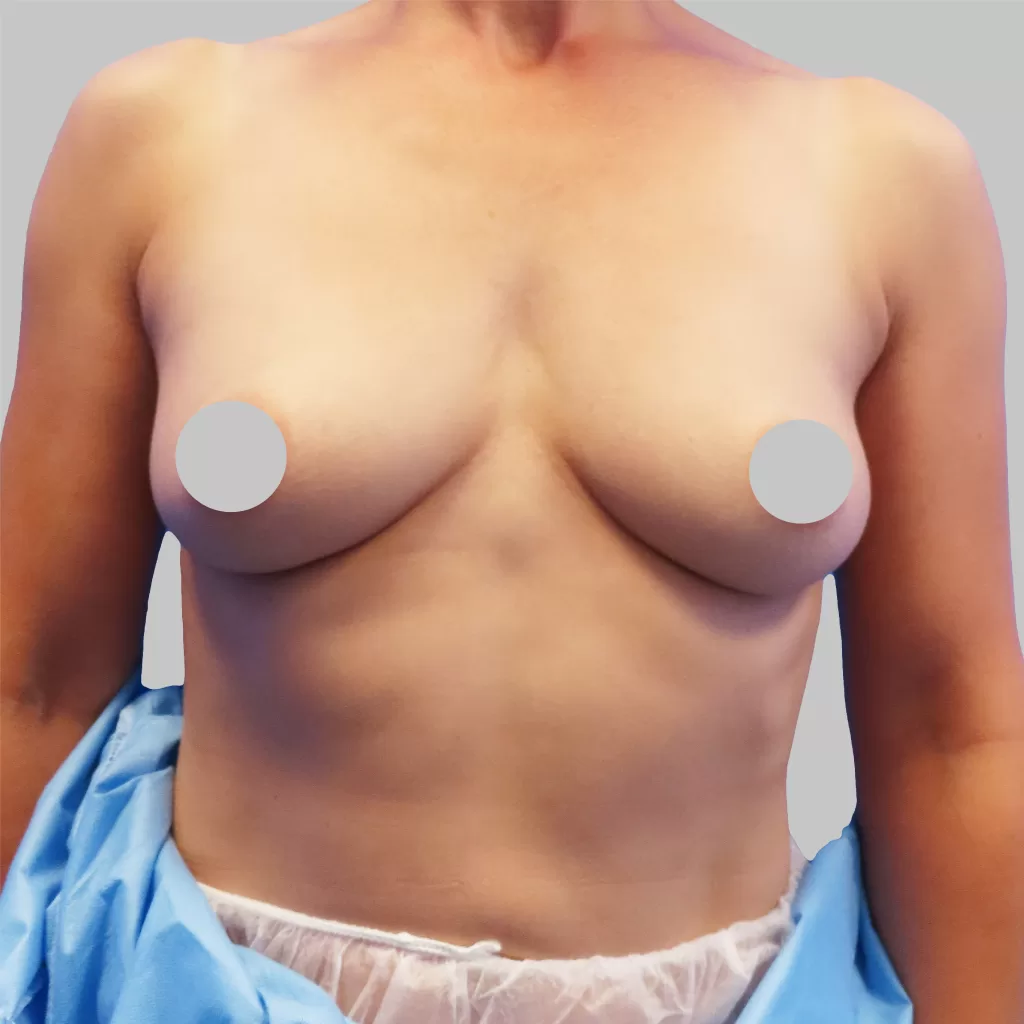
Before
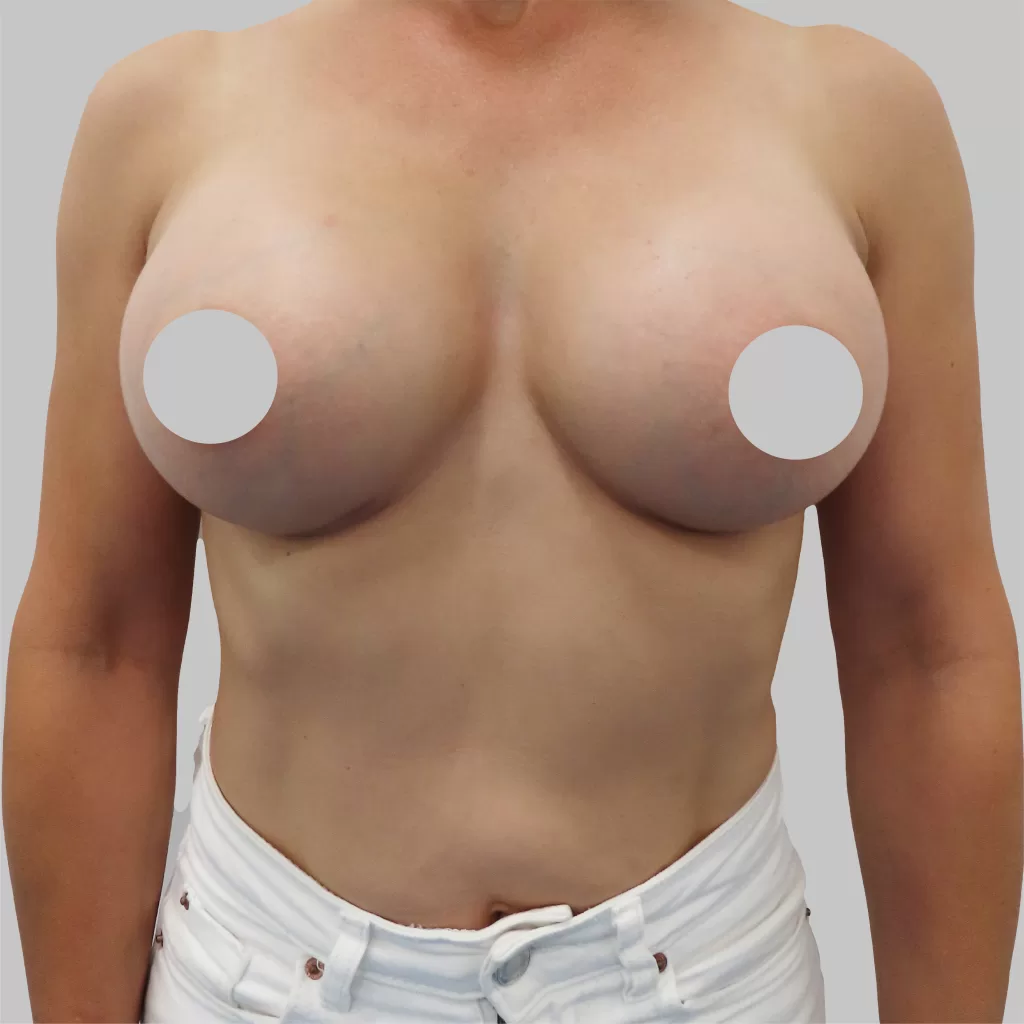
After
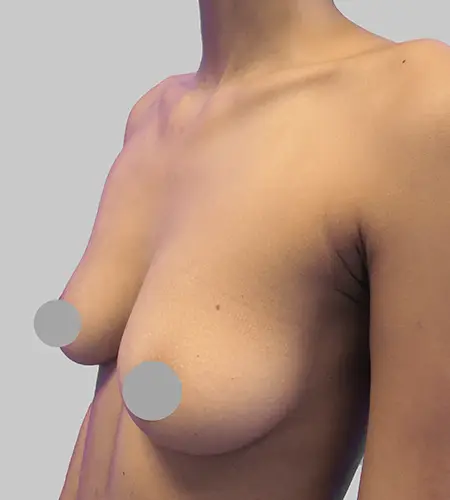
Before

After
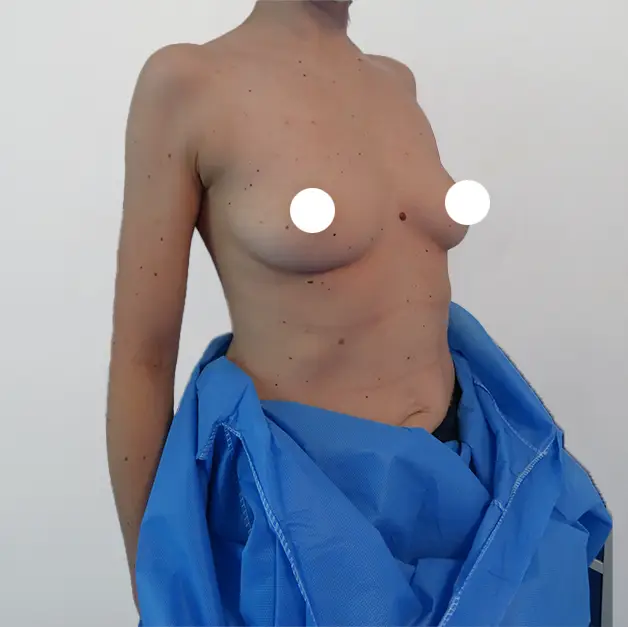
Before
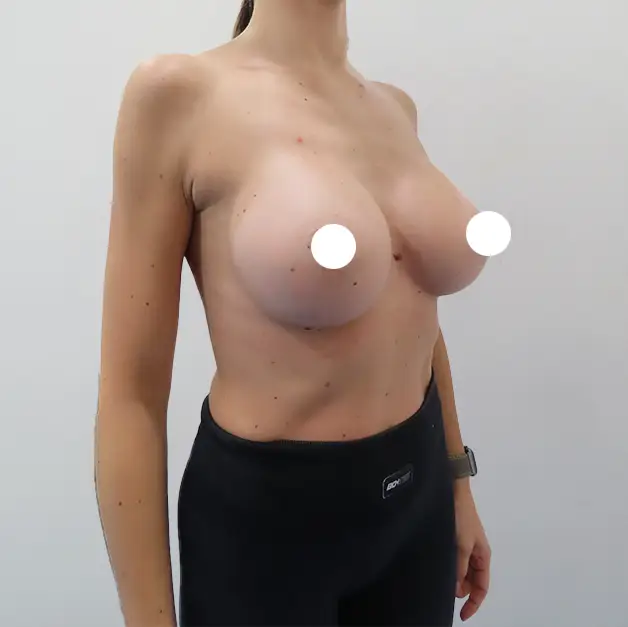
After
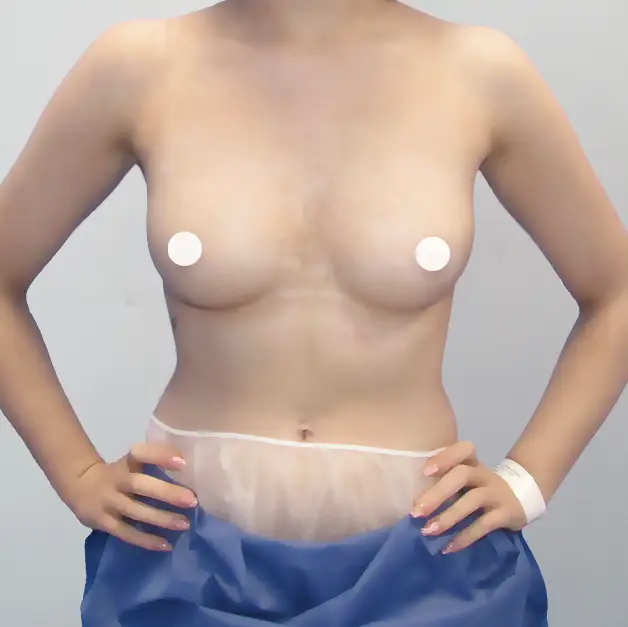
Before
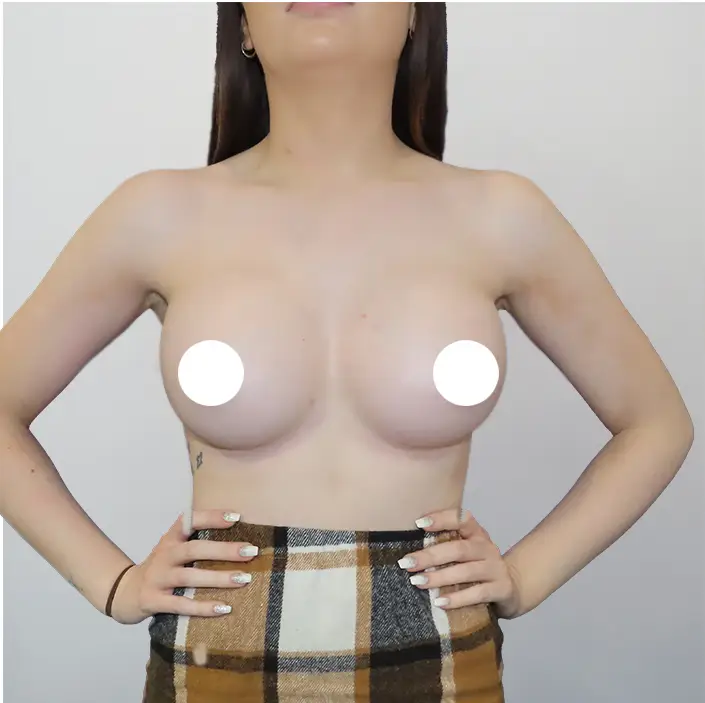
After
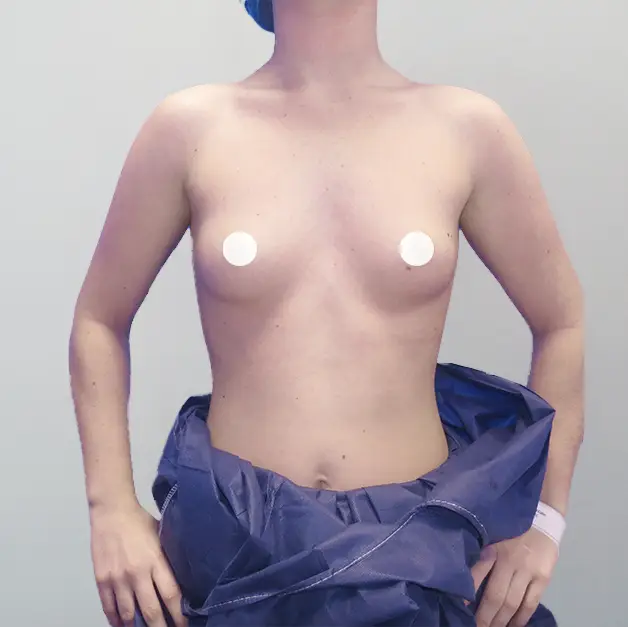
Before
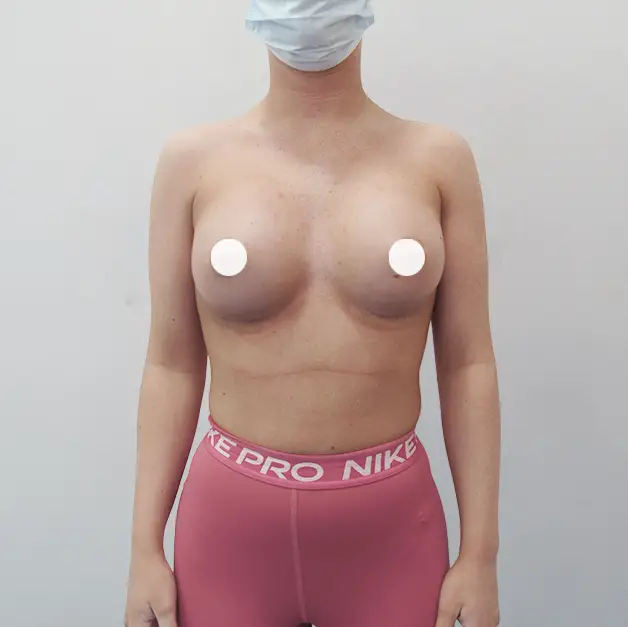
After
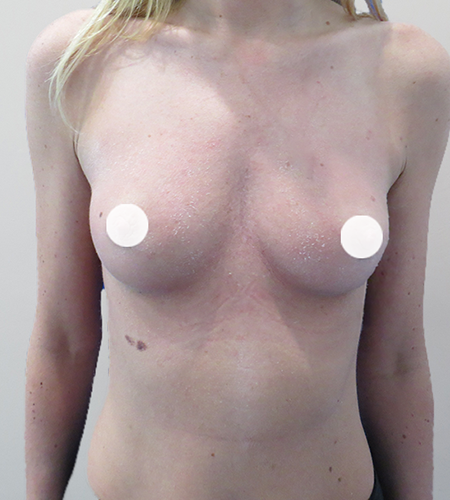
Before
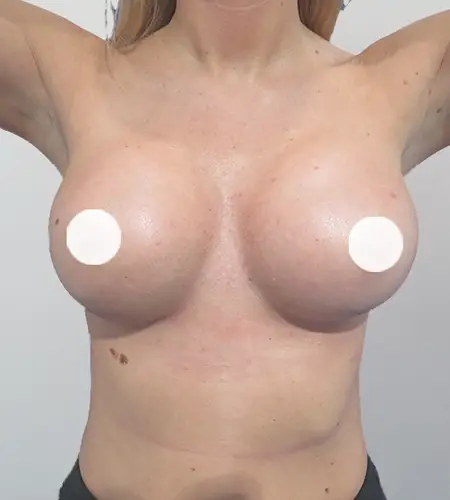
After
Get your ideal breast shape
Why Auralia for Your Breast Implant Surgery in Ireland
Unmatched Experience
Internationally accredited private hospital with 24 years of experience and over 35,000 procedure performed.
Lifetime Irish Aftercare
Unlimited follow-ups, 24/7 surgeon helpline.
All-Inclusive Package
Inclusive of surgeon, theatre, implants & follow-up with monthly payment options—no hidden fees.
Auralia Breast Augmentation Surgery Reviews
Join thousands of happy Irish women
Breast Augmentation Surgery Cost In Ireland
Breast augmentation price at Auralia starts from €5,000 with the possibility of monthly payments spread over 36 months.
Your dream breasts from just €147*/month
Get in touch today to arrange your initial consultation.
Benefits Of Breast Enlargement Surgery
- Improve Breast Size & Shape
- Restore Volume & Symmetry
- Feel More Feminine, Confident & Attractive
- Improve Breast Size, Shape & Symmetry
- Restore Volume & Symmetry
- Feel More Feminine, Attractive & Confident
Your Breast Augmentation Journey With Auralia
Step 1.
Free, No Obligation Consultation Booking
To start your surgery process, firstly book your consultation by calling us on (01) 612 0551 or filling a consultation form here.
Step 2.
Day-Case Implant Surgery
On your surgery day, you’ll have a dedicated medical team to take care of you. The surgery duration is around an hour and half, and you will leave the clinic on the same day or the next day.
Step 3.
Recovery & Lifetime Aftercare
You will enjoy unlimited aftercare appointments and surgeon reviews as much as you need to ensure your safety and satisfaction with the results.
Furthermore, you will also have your surgeon’s emergency number so you get access to him any time 24/7.
Breast Augmentation Surgery FAQs
At Auralia, our all-inclusive breast augmentation surgery package covers everything from start to finish:
- Surgeon and anaesthetist fees
- Operating theatre and nursing care
- Your choice of premium implant
- Surgical bra and post-op garments
- As much as needed appointments
- 24/7 direct surgeon helpline (for emergency)
- Premium Irish aftercare
You’ll be provided with the full line-item quote before you commit.
Our breast augmentation surgery pricing can be different based on several factors but the average range is from €5,000 to €6,000.
With our financing partner you can speared the cost over 36 months starting from €147 p.m
The price include everything you need to be covered, from hospital fees, anaesthesia, surgeon, implants, consultations, to aftercare and follow ups. No hidden extras.
We offer flexible plans to suit every budget. Our financing plans makes you able to pay your breast augmentation surgery cost on up to 36 monthly payments.
Your desired breasts start from 147*/month
Get in touch with us to get more details about financing your breast augmentation surgery in ireland
At Auralia, we value your loyalty and unique needs. That’s why we provide exclusive offers for:
- New Patients Combining Two Surgeries: Enjoy a valuable discount when you schedule multiple cosmetic treatments together. Such us Breast augmentation surgery with a breast lift.
- Returning Cosmetic Patients: Special savings when you book a second procedure with us.
- Bariatric Patients: Benefit from our tailored post–weight loss offers when you add cosmetic surgery to your journey.
All offers stack on top of our all-inclusive pricing, ensuring you get the best value without compromising on quality or care.
Booking your breast augmentation surgery Free Consultation with Auralia is easy and commitment-free:
You only need to fill out our consultation form and we’ll call you.
Your safety is guaranteed by top-tier credentials:
- CHKS, ISO & HIQA accredited private hospital
- First Internationally Accredited Breast Augmentation provider in Ireland
- Irish Medical Council registered surgeons
- Over 24 years of expertise
- The most number of breast augmentation surgeries done in Ireland
Most patients book their free breast augmentation surgery consultation within a week or two and operation within 4 to 6 weeks of deciding. The exact waiting time varies by period. We’ll work around your schedule and confirm your slot at consultation.
Following your visit to Auralia, you will be given pre- and post-operative instruction to guide you on how to be well prepared for your boob job surgery and what to do afterwards. This will also contain the clinic's contact details.
You will also be given your Auralia surgeon’s emergency mobile number for calls after hours. During work hours, you should contact the hospital.
If you suspect anything is wrong outside of business hours, you are welcome to call the emergency number of your surgeon and speak with them directly, day or night.
Alternatively, you can drop straight into the clinic during working hours.
Absolutely not! You are entitled to as many appointments as you feel you need with your surgeon, following your boob surgery.
Absolutely! From the time you have your breast augmentation surgery with your Auralia surgeon, you are entitled to see them for appointments for as long as necessary.
If the surgeon no longer works for Auralia, you would still be entitled to see one of our surgeons for free.
- Have more questions or concerns?
More Inspirational Stories of Our Patients!

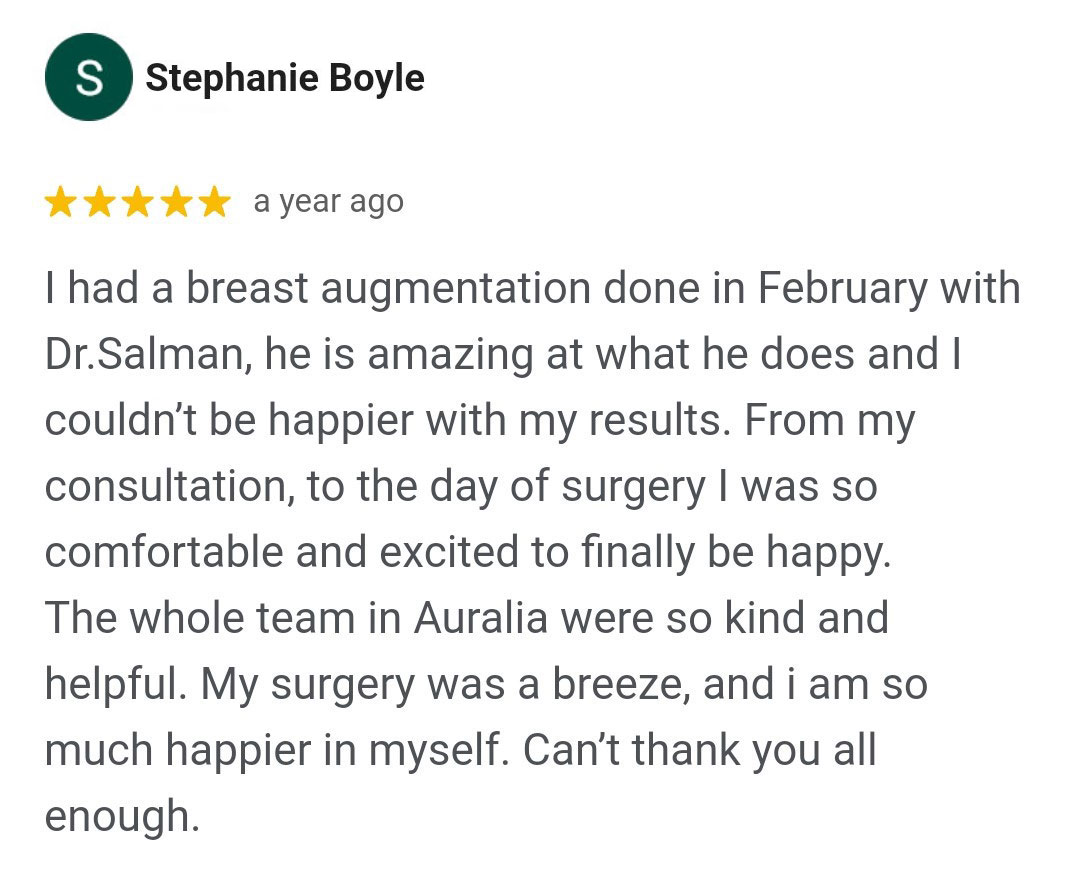
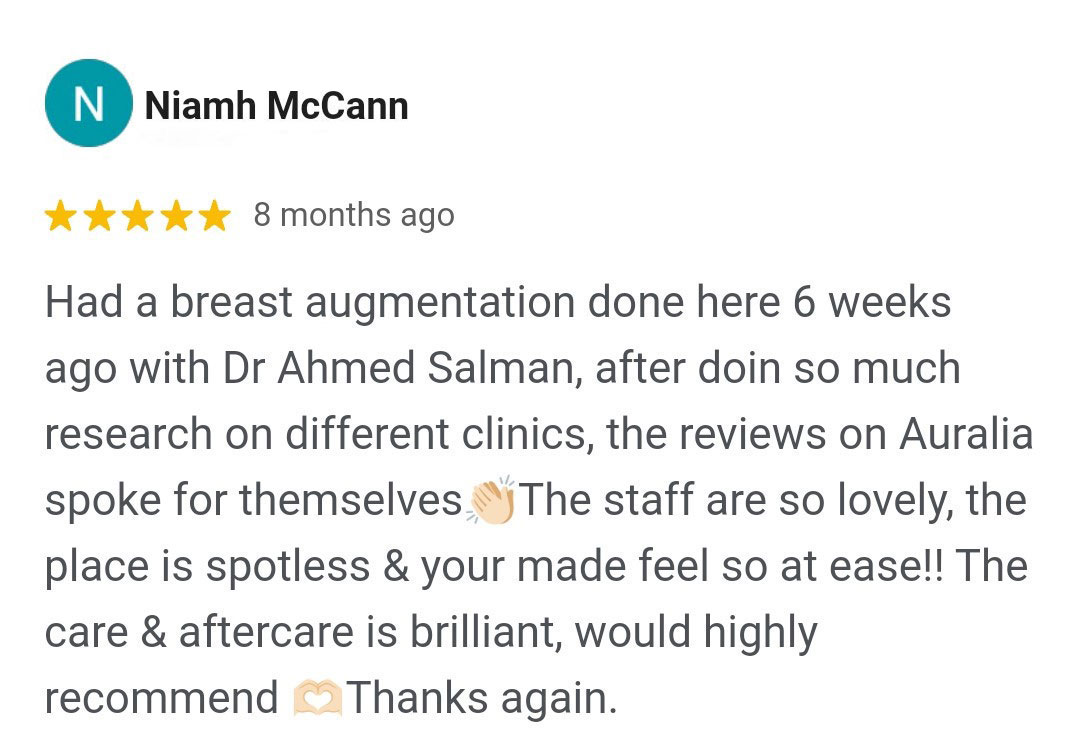
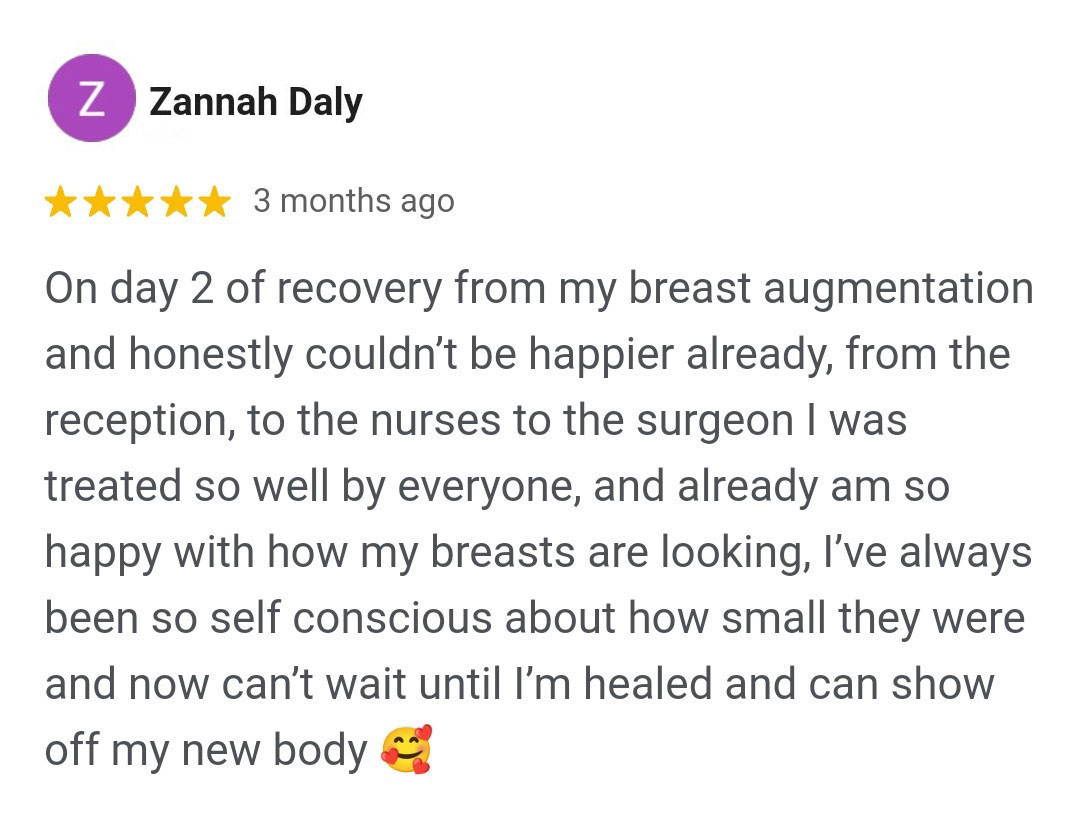
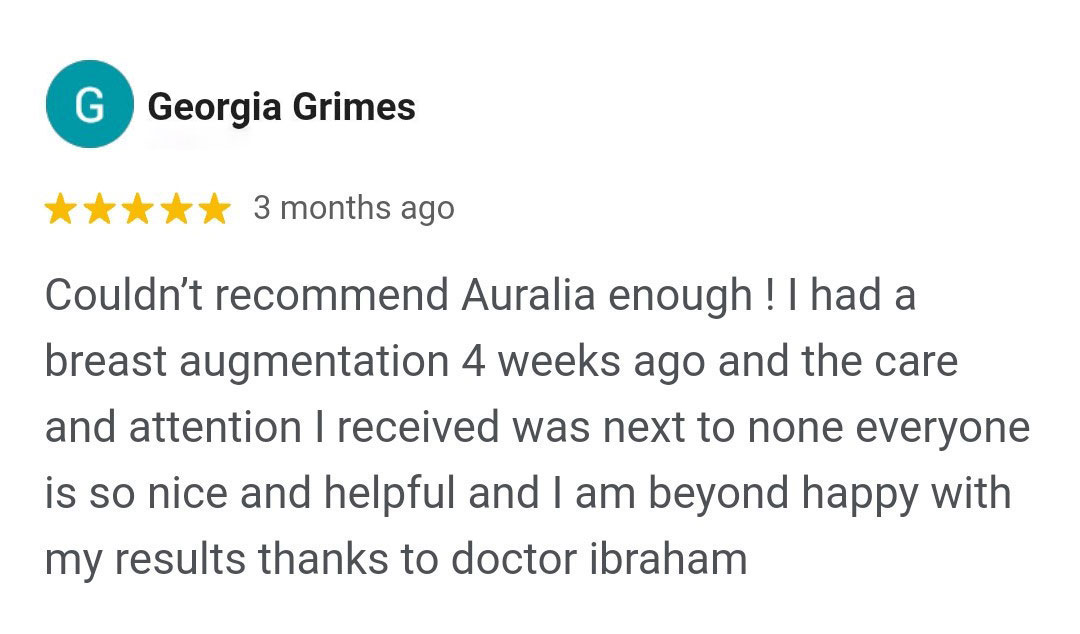
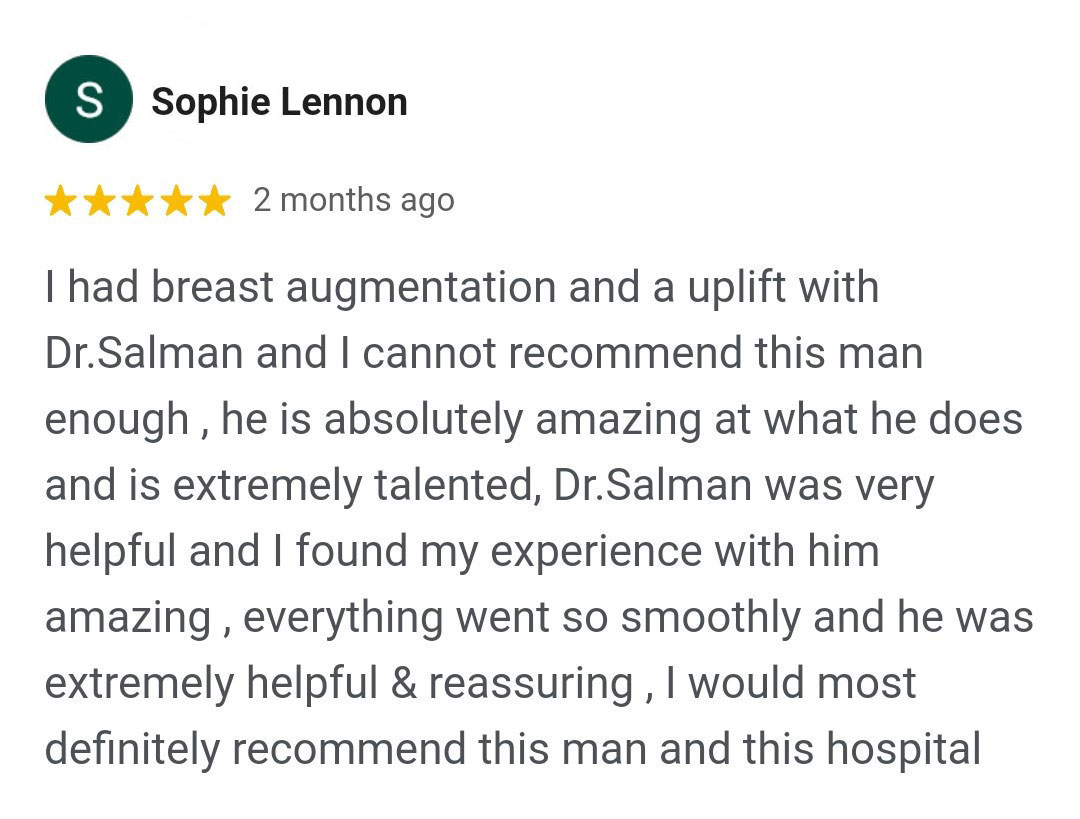
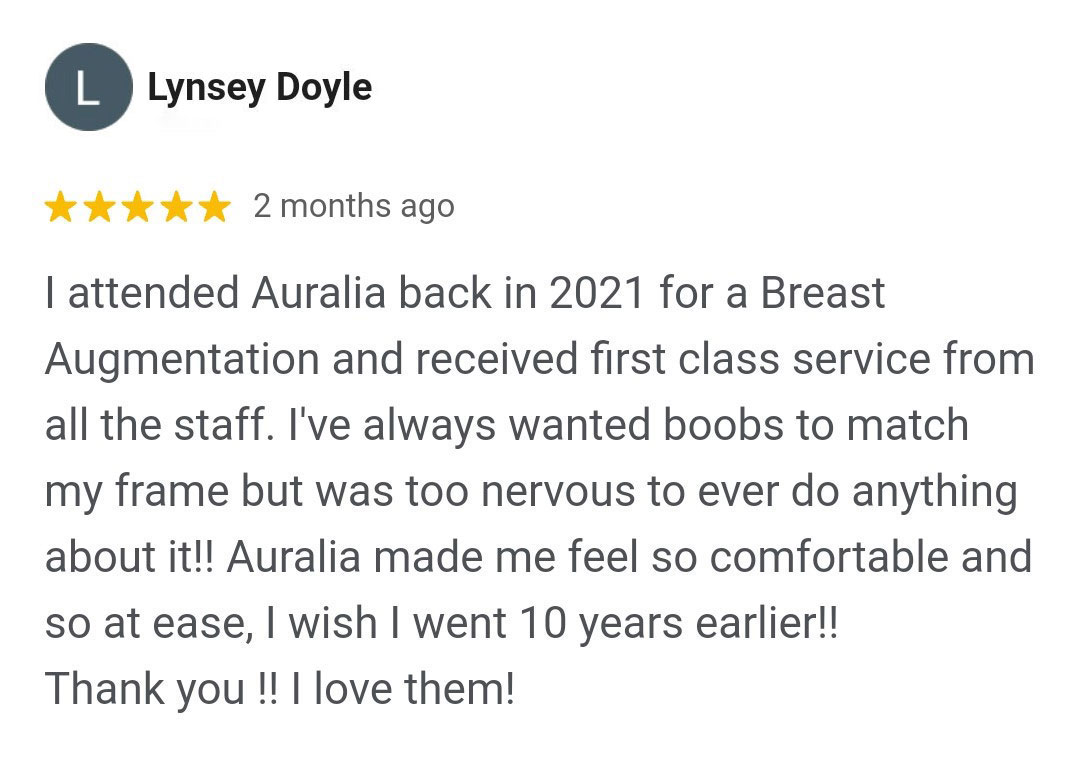
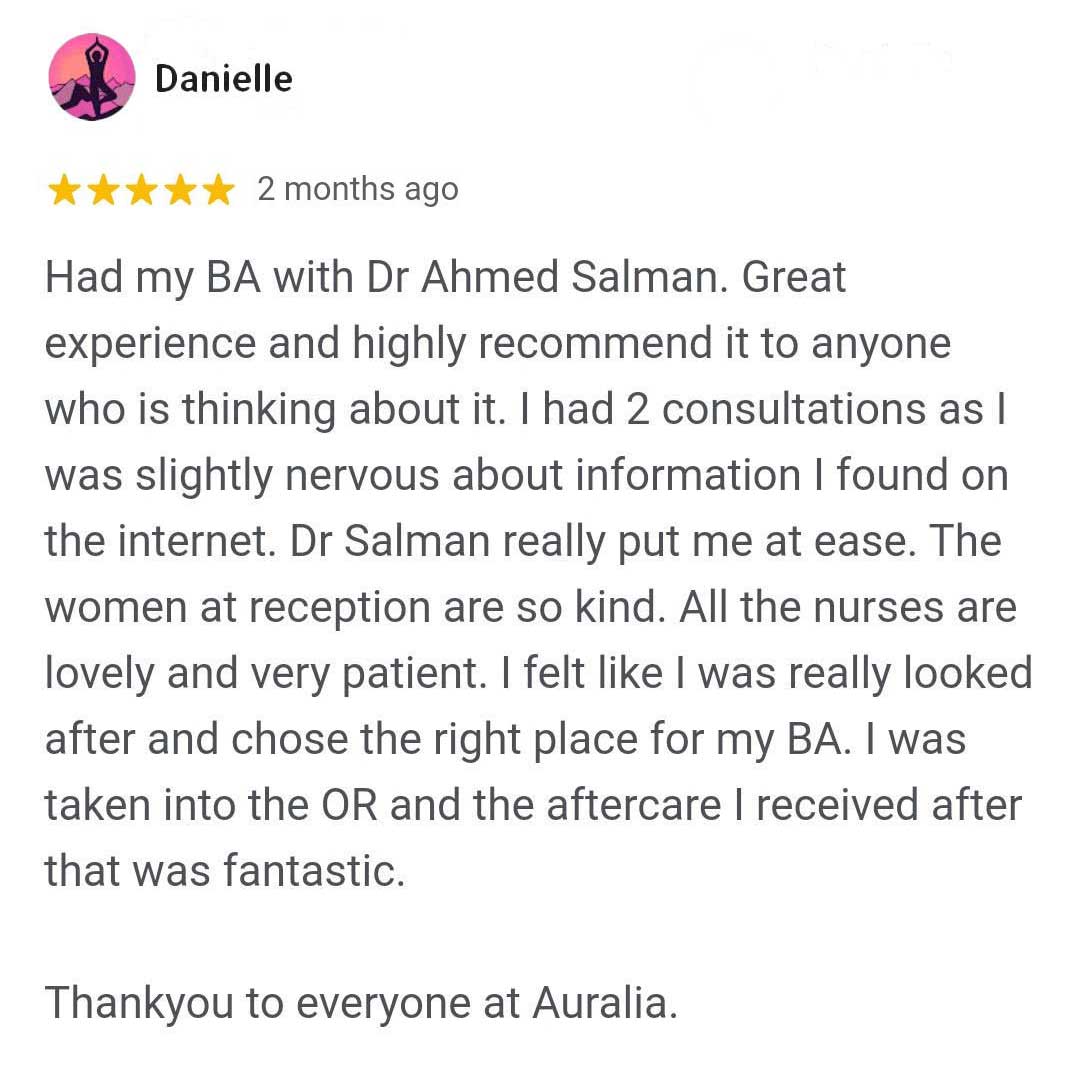
Combination Procedures for Breast Enlargement Surgery
At Auralia we provide a wide range of other cosmetic breast procedures that can be combined with augmentation to maximize results and budget.





